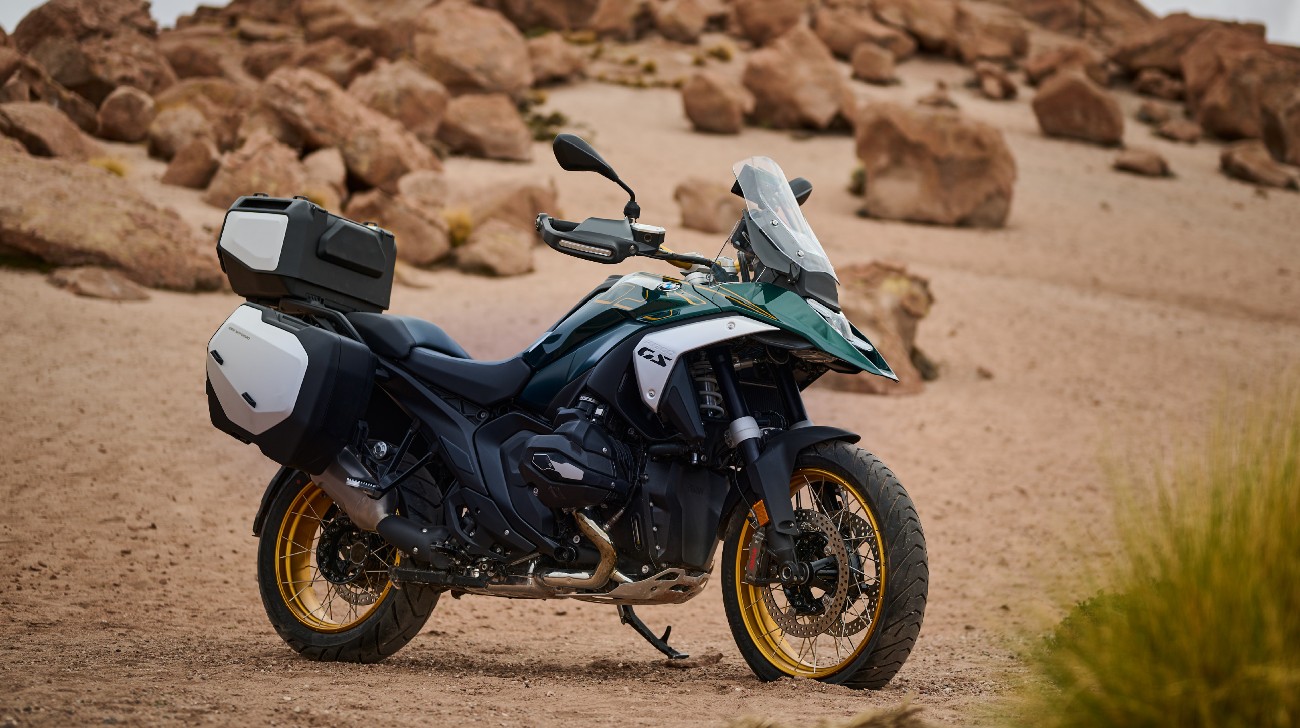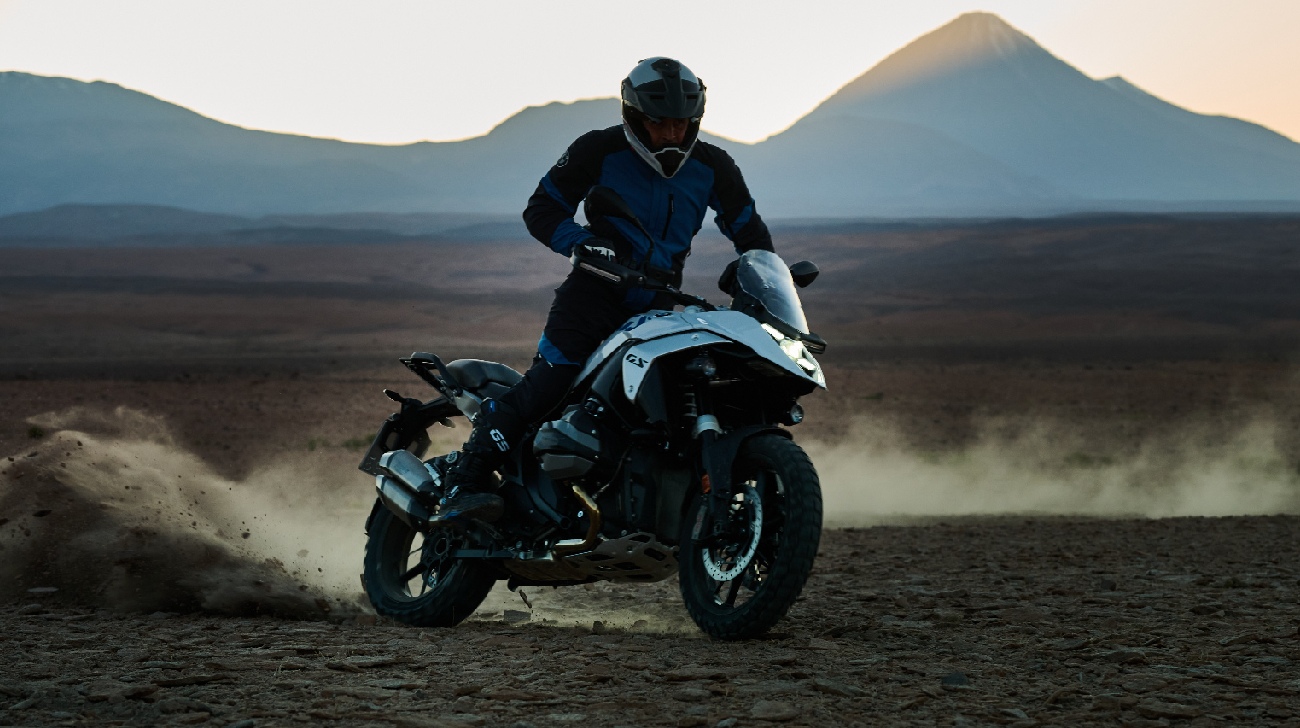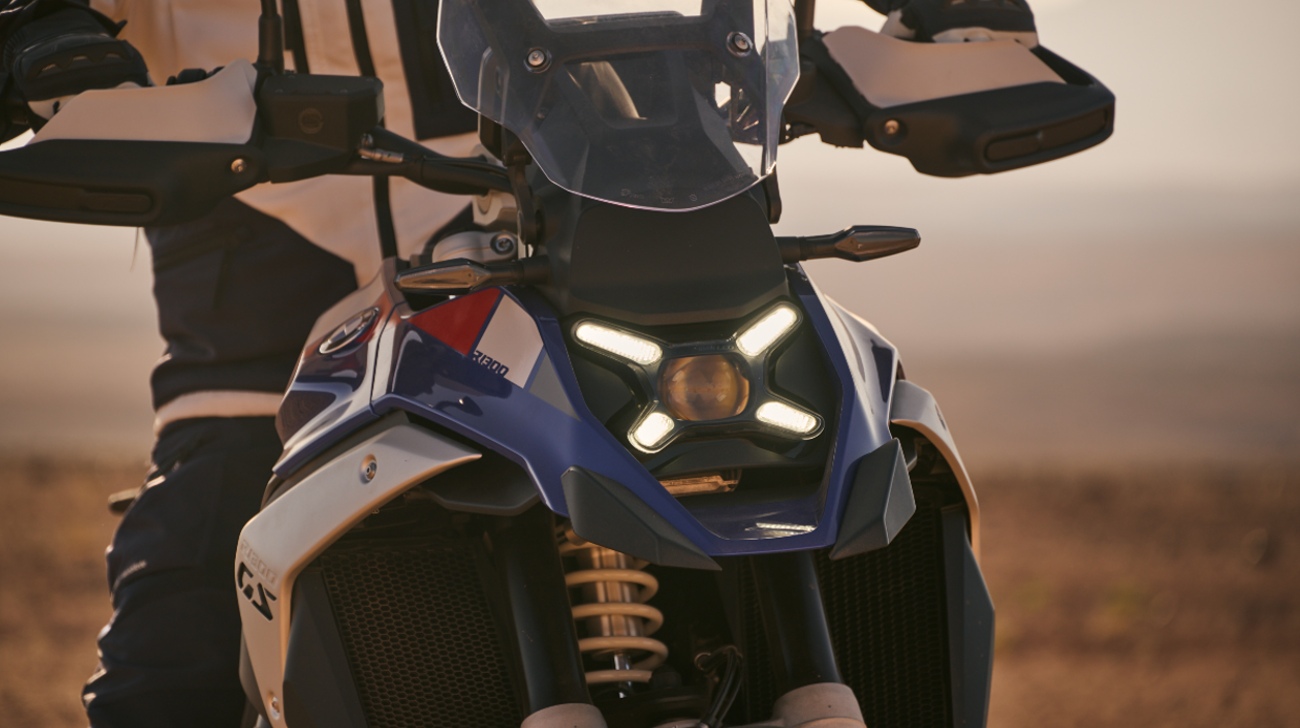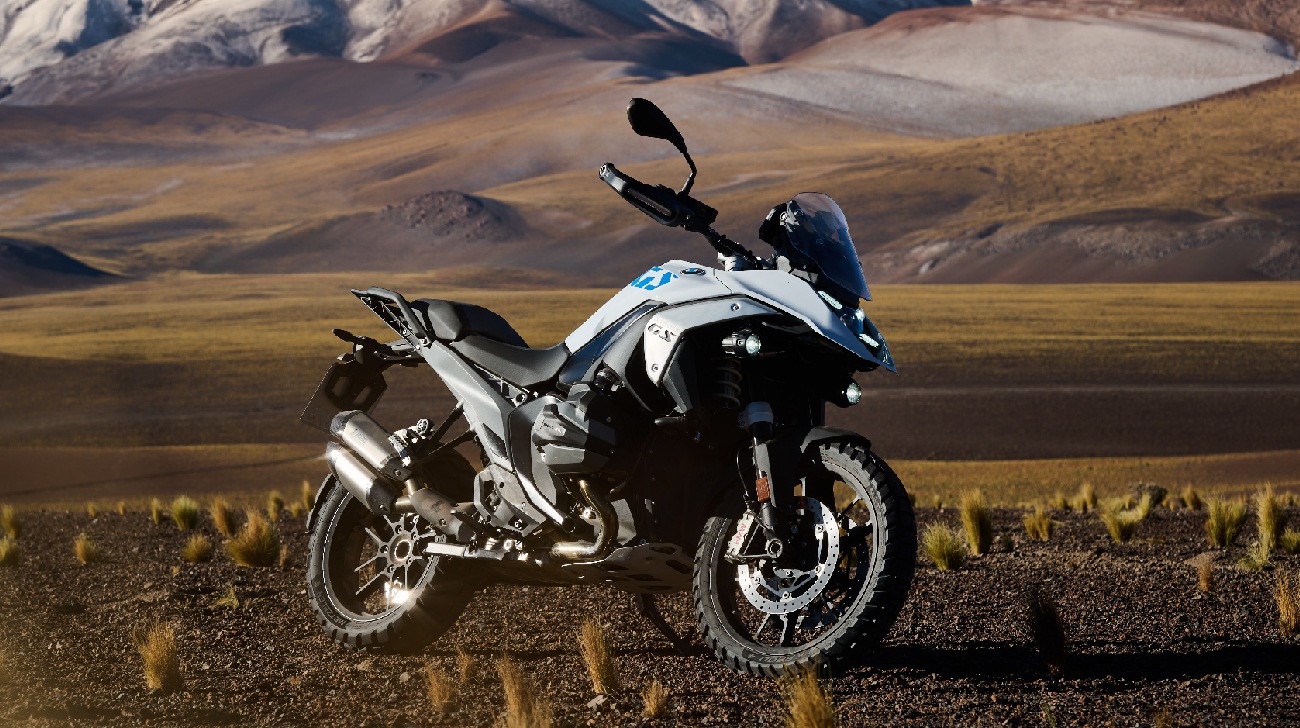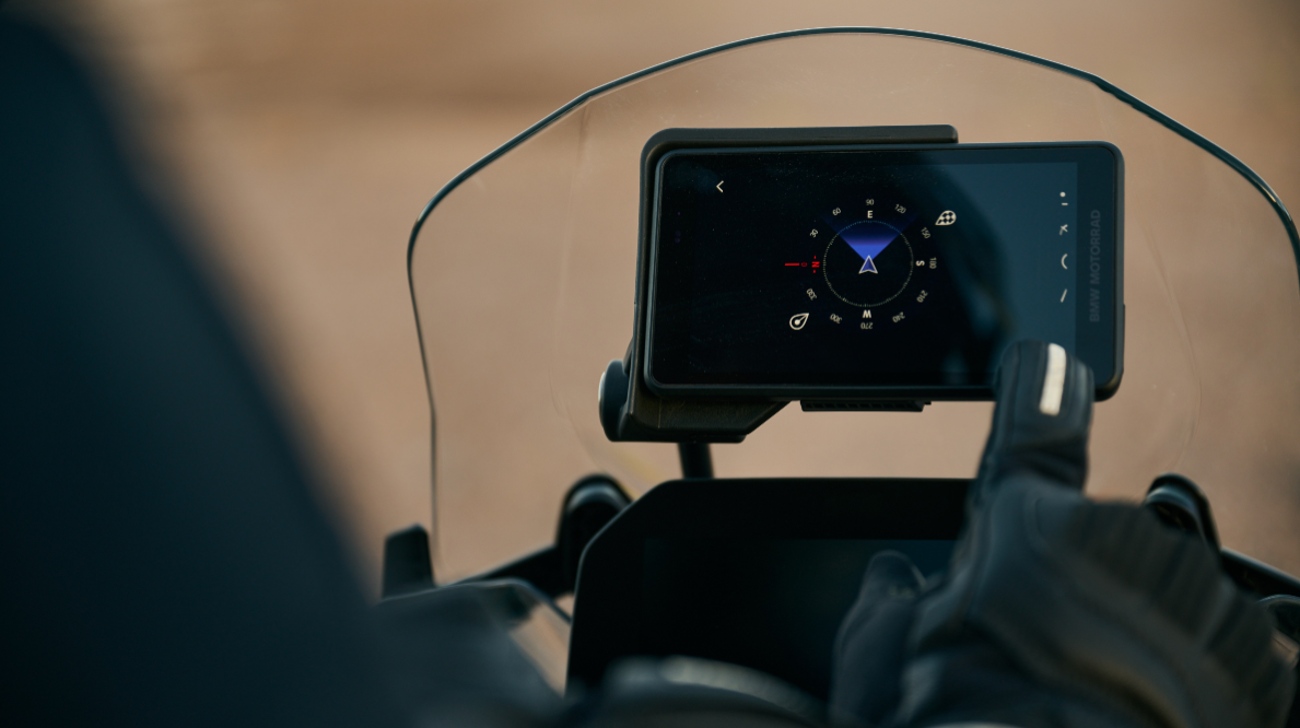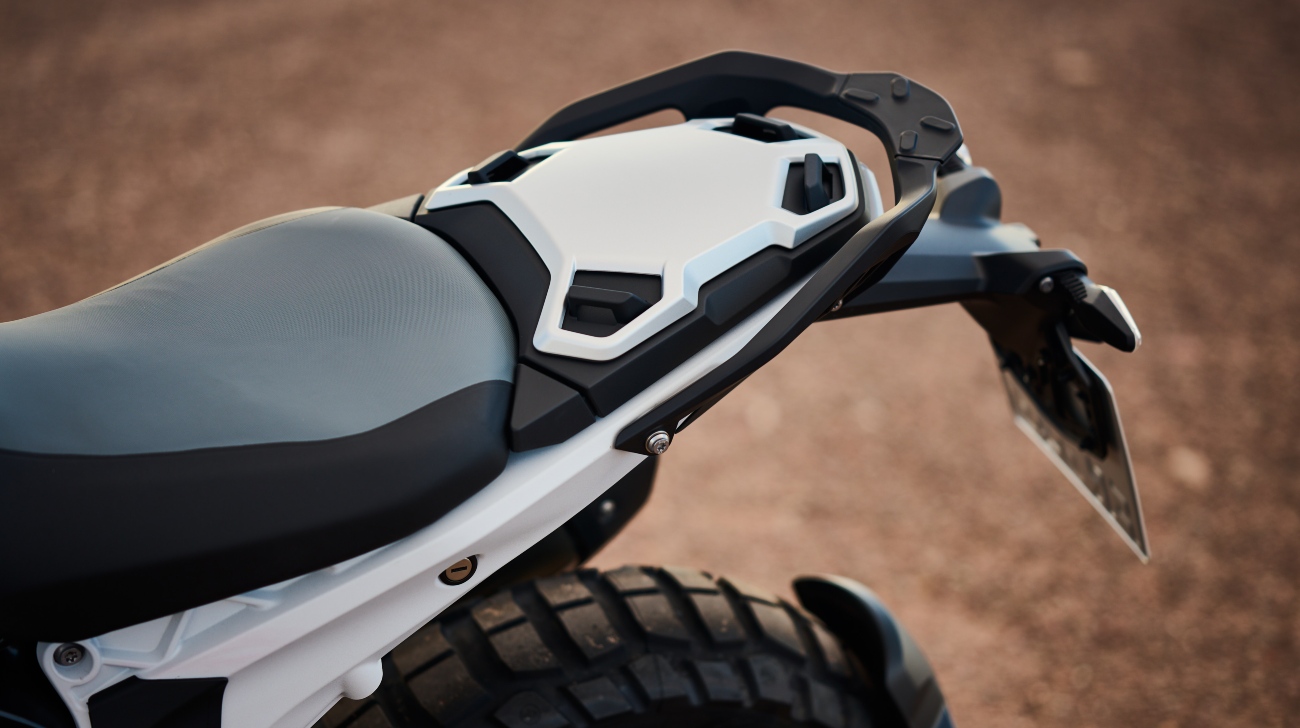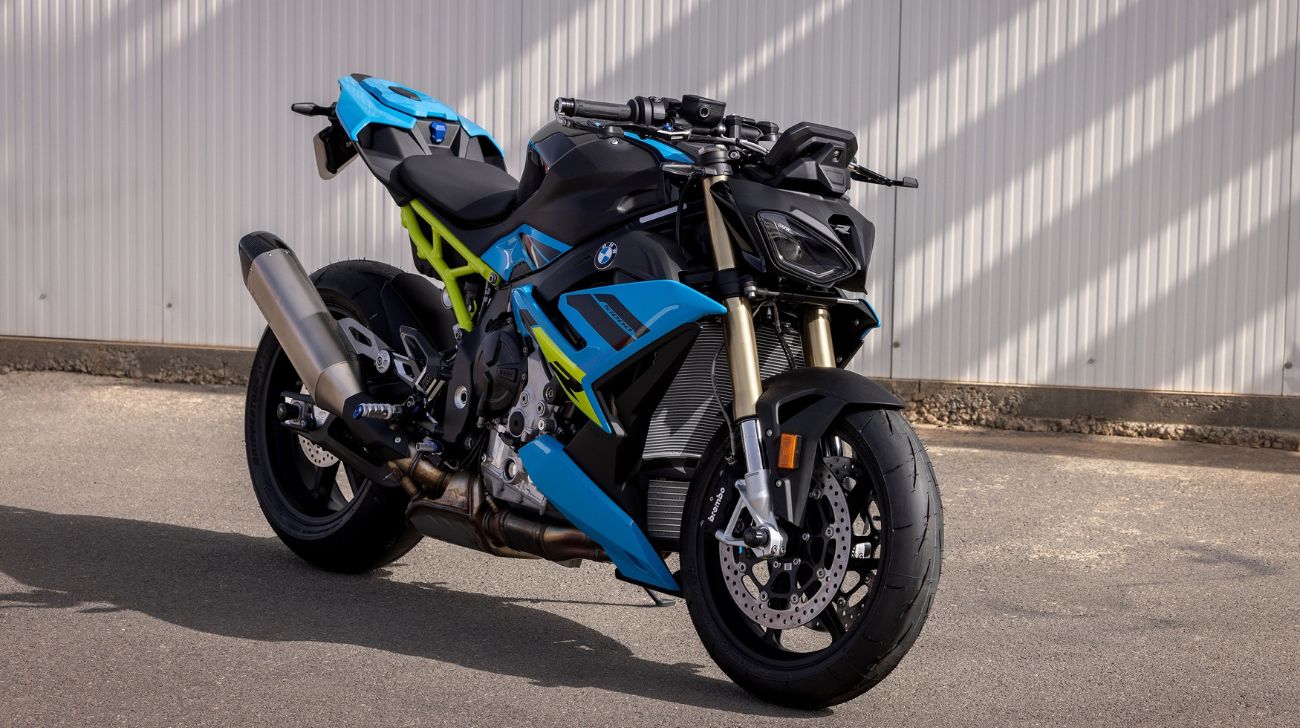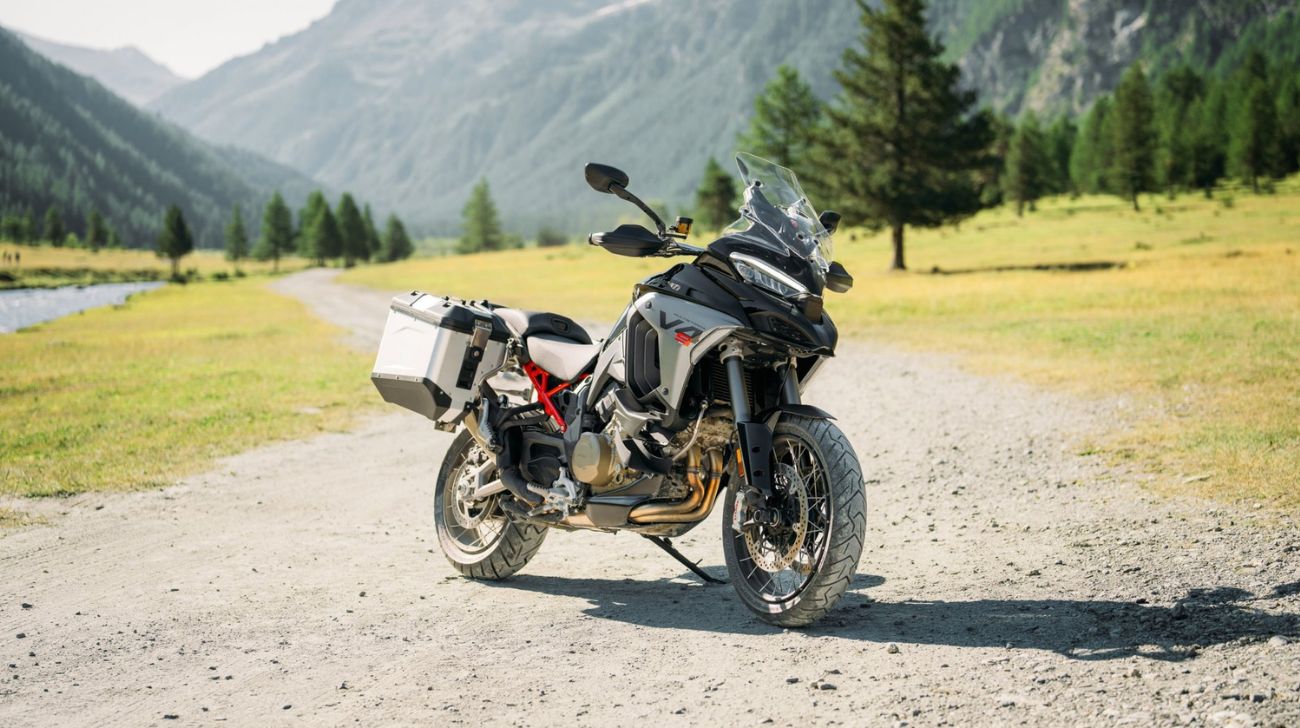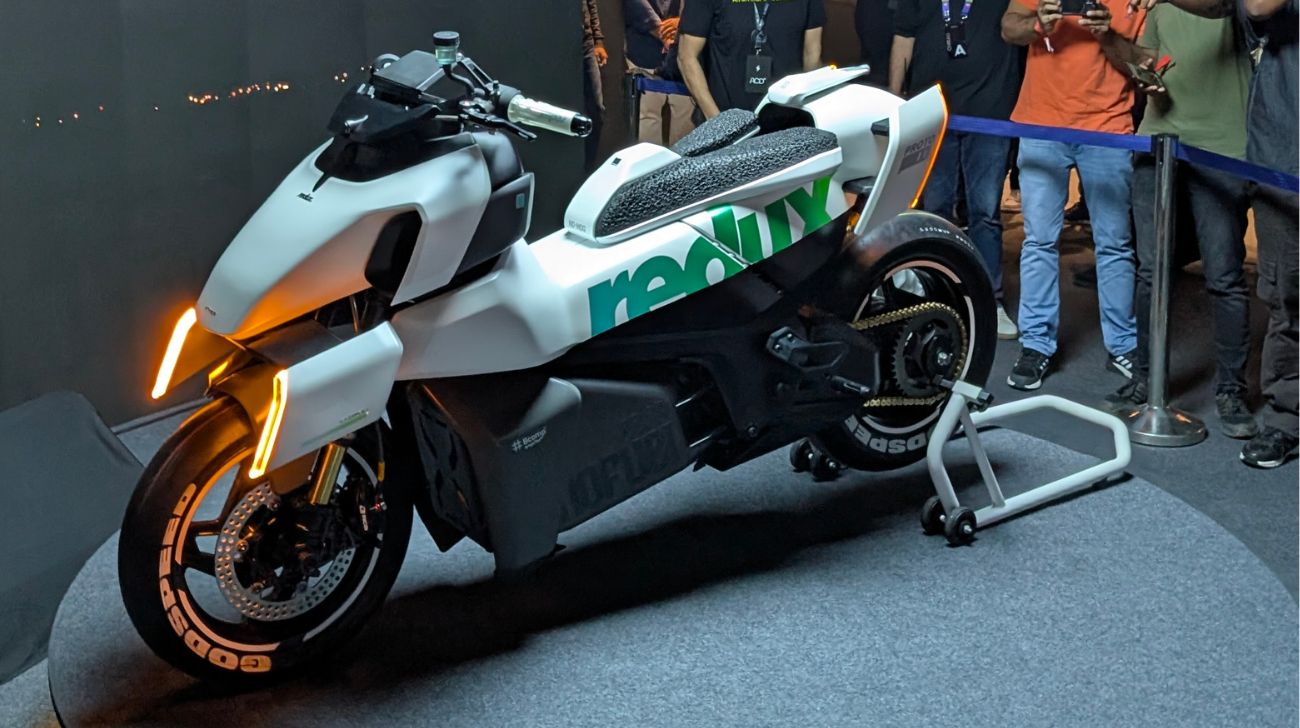The BMW GS is renowned to be the mother of all ADVs and there are several reasons why. Mother, because it legit gave birth to the ADV segment. Not just that, to this day, the GS remains the gold standard of all the ADVs. Its latest iteration, the R 1300 GS has now found its way here. It replaces the famed R 1250 GS and carries a sticker price which is only INR 40,000 more than the model it replaces. Once you hear the changes, you would start thinking about evil ways to get the money. How much, you ask? The R 1300 GS range in India starts at INR 20.95 Lakh.
Special treatment is given for the Indian buyers as we can only spec our GS with cross-spoked tubeless wheels as standard, unlike international markets where a more road-biased variant can also be had with alloy wheels. The GS can be had in broadly these variants: Light White, GS Trophy, Option GS Tramantuna, and Triple Black. If you’re indeed thinking of buying the GS, it would be efficient to use the BMW configurator and scrutinize your options because the above mentioned variants aren’t limited to different paint jobs. They also differ in terms of equipment on offer and the packages that they come with.
The R 1300 GS is bound to have the same fate as the S 1000 RR in terms of aesthetics and how motorcyclists around the globe have conceived the design. Just like the S 1000 RR, gone are the asymmetrical headlamps and in comes a new matrix setup with an X-shaped DRLs that lend the R 1300 GS a rather unique identity. Purists might be cursing at BMW’s designers because of the new, polarising design but what I believe is, the aesthetics are going to grow on you. The previous GS used to look like a mothership and the new one? Like a svelte warship that means business. From head to toe and from headlamp to tail lamp, it is evident that the GS has lost a lot of fat in favour of gaining some ripped muscles.
It might look leaner than before but don’t forget, in there, still lies a boxer engine that punches harder than ever before. The new 1,300cc twin-cylinder unit mated to a six-speed gearbox produces 145bhp of maximum power at 7,750rpm and 149Nm of peak torque at 6,500rpm. Transmission has now moved under the engine that has brought the weight down. The GS has shredded almost 12 kgs in its transformation. How’s yours looking?
Major work has been done on the underpinnings as well. The new sheet metal frame is connected to an aluminum die-cast subframe. BMW’s patented, revolutionary suspension system has been reworked heavily. It gets a new EVO paralever unit at the back and an EVO telelever unit up front. Balance has always been GS’ forte and to aid to that, the new one is laced with an extensive electronics suite that can be accessed through a new TFT screen. It can be used to fiddle around with ABS, traction control, four riding modes – Eco, Rain, Road, Enduro – hill start control, brake control, cruise control, and tyre pressure control. Other features including the keyless ride, heated grips, and charging slot, are also offered.
We have already ridden the BMW R 1300 GS where it’s meant to be ridden - higher up in the Himalayas. Check our review here and let us know what you think of the new GS? Not just aesthetically, please. The mightier GS is much, much more than that.

